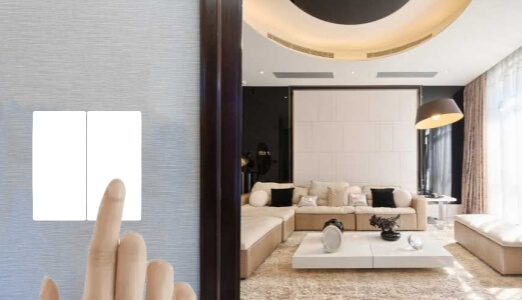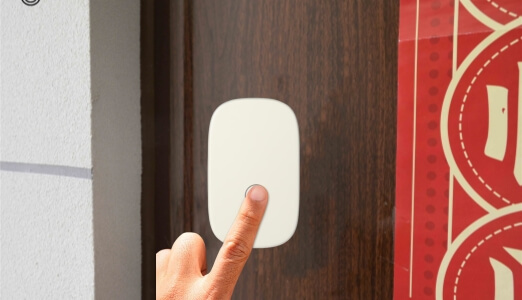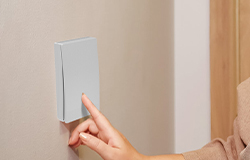The rapid development of smart home technology has already brought many conveniences to our lives, among which smart screen switches and smart panel switches, as the two main directions of home automation, each show unique advantages and some unavoidable defects. This article will explore the advantages and disadvantages of these two types of smart switches and provide readers with a more comprehensive understanding so that they can better meet their personal needs when choosing.
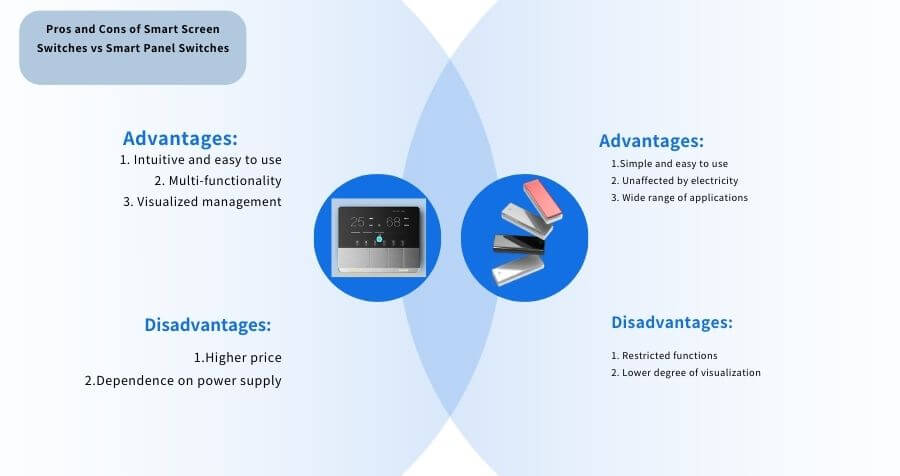
Smart Screen Switch
Advantages:
1. Intuitive and easy to use: smart screen switches are usually equipped with a touch screen or display that allows users to easily control home devices through an intuitive graphical interface. This way of operation is more intuitive, making it easier for users to get started, especially for smart home beginners.
2. Multi-functionality: Smart screen switches are usually integrated with a variety of functions, not only to control lighting and electrical devices but also to connect to other smart devices, such as security cameras, thermostats, and so on. This versatility provides users with a wider range of home control capabilities.
3. Visualized management: Through the smart screen, users can monitor the status of home devices in real-time and understand the usage of electrical appliances, thus managing energy consumption more efficiently. Visual management allows users to better optimize their home environment.
Disadvantages:
1. Higher price: smart screen switches usually integrate a large number of advanced technologies and are relatively expensive. For users with limited budgets, it may become a considerable investment.
2. Dependence on power supply: smart screen switches usually require a power supply, and in the event of a power outage, users will lose the ability to remotely control their home devices. This may cause some distress in emergencies.
Smart Panel Switch
Advantages:
1. Simple and easy to use: smart panel switches are designed with physical buttons or switches, which is more friendly to users who are used to traditional switches. Users can realize the switch of the device by touching or pressing the button, and this intuitive interaction is more in line with the usage habits of some users.
2. Unaffected by electricity: Smart panel switches are usually not dependent on the power supply, and even in the event of a power outage, users can still manually control their home devices. This feature can provide additional convenience in emergencies.
3. Wide range of applications: Smart panel switches are usually compatible with a wide range of home devices and require less alteration of home circuits during installation. This makes it suitable for all types of homes, including remodeling older homes.
Disadvantages:
1. Restricted functions: compared with the smart screen, the functions of the smart panel switch are relatively limited. Usually, only basic device control can be realized, lacking some advanced functions and linkage operations.
2. Lower degree of visualization: smart panel switches can't provide visual management comparable to smart screens, making it difficult for users to monitor the status of home devices and energy usage in real-time.
To summarize, smart screen switches and smart panel switches each have their unique advantages and limitations. Choosing the right smart switch should be weighed against individual needs, usage habits, and budget. If you pursue intuition, and multi-functionality and are willing to invest a certain cost, a smart screen switch is a good choice. For users who focus on simplicity and do not rely on electricity, smart panel switches may be more in line with their actual needs. In the future, as technology continues to innovate, both types of smart switches are expected to be further improved in terms of performance and user experience.

 CN
CN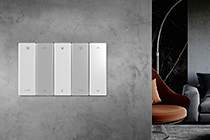
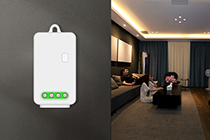

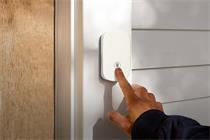
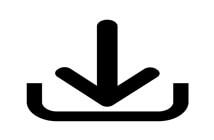




 Home
Home DFM
DFM  Jan 12,2024
Jan 12,2024 
 Wireless kinetic energy switches in garden patios
Wireless kinetic energy switches in garden patios 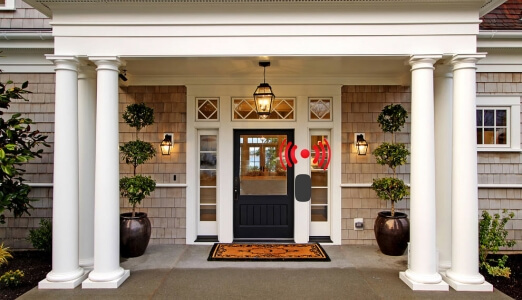
 Jan 09,2024
Jan 09,2024 

